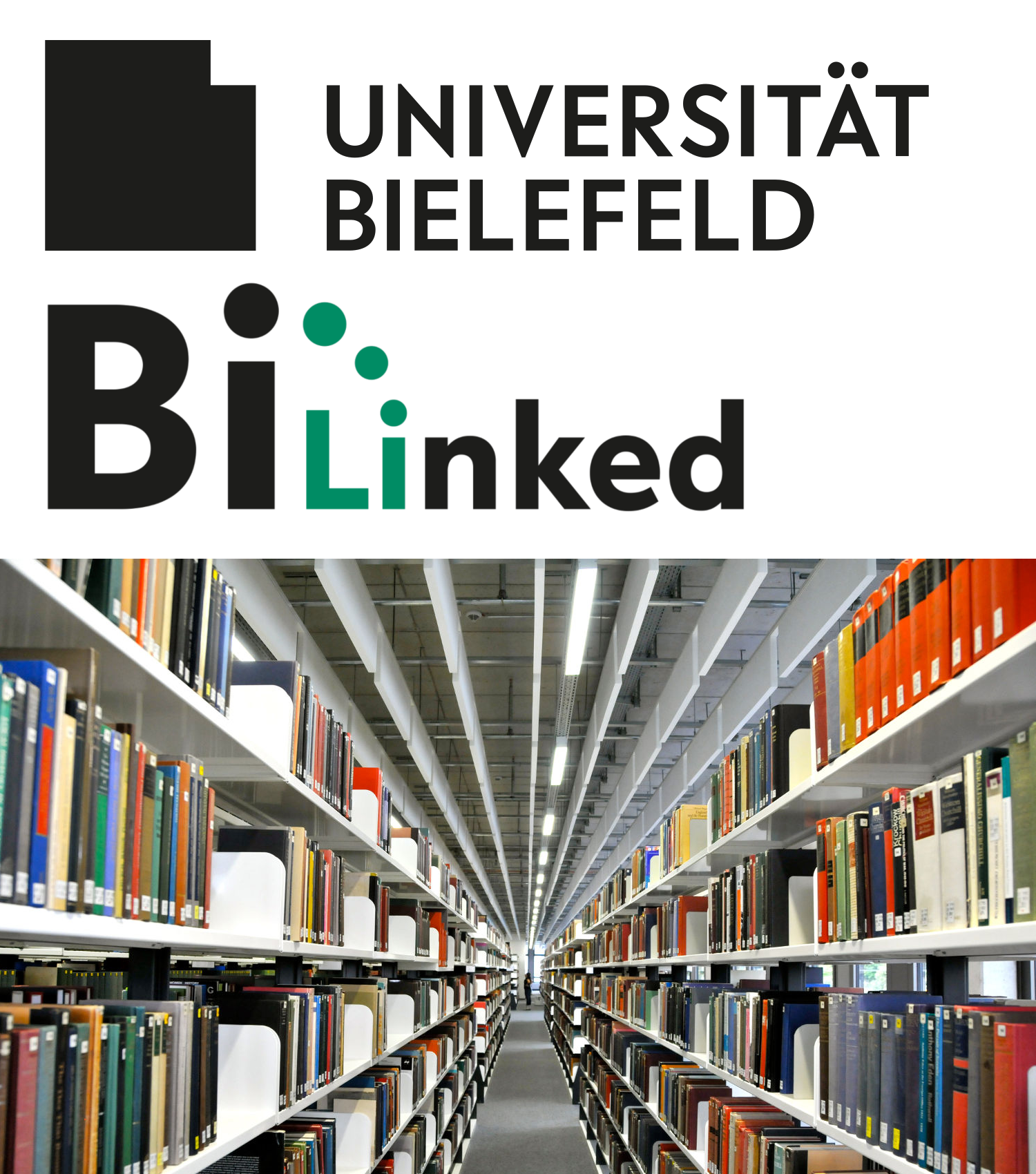Distant Reading in Literary Studies. An Introduction to Tools for Data Literacy, Bielefeld, Dec 7th 2022

Official Workshop Webpage
| home | people | resources | program |
Resources
Books
- Egbert, J., Biber, D., & Gray, B. (2022). Designing and Evaluating Language Corpora: A Practical Framework for Corpus Representativeness. Cambridge: Cambridge University Press. doi:10.1017/9781316584880
- Jockers, M. L., & Thalken, R. (2014). Text analysis with R for students of literature. Springer.
- Underwood, T. (2019). Distant horizons: digital evidence and literary change. University of Chicago Press.
Papers
- Kim, E., & Klinger, R. (2021). A Survey on Sentiment and Emotion Analysis for Computational Literary Studies. Zeitschrift Für Digitale Geisteswissenschaften. https://doi.org/10.17175/2019_008_V2 (read here)
- Herrmann, J. B., & Grisot, G. (2022). Lieblingsgegenden, Fenster und Mauern. Zur emotionalen Enkodierung von Raum in Deutschschweizer Prosa zwischen 1850 und 1930. PUB-ID: 2961293 OA. In: DHd2022: Kulturen des digitalen Gedächtnisses. (read ppt here)
- Herrmann, J. B., & Lauer G. (2018). Korpusliteraturwissenschaft. Zur Konzeption und Praxis am Beispiel eines Korpus zur literarischen Moderne. Osnabrücker Beiträge zur Sprachtheorie. 2018;(92):127-156. (read here)
- Heuser, R., Algee-Hewitt, M., & Lockhart, A. (2016). Mapping the emotions of London in fiction, 1700–1900: A crowdsourcing experiment. In Literary mapping in the digital age (pp. 43–64). Routledge. (read here)
- Reagan, A. J., Mitchell, L., Kiley, D., Danforth, C. M., & Dodds, P. S. (2016). The emotional arcs of stories are dominated by six basic shapes. EPJ Data Science, 5(1), 31. (read here)
- Langer, Lars, Burghardt, M., Borgards, R., Böhning-Gaese, K., Seppelt, R. and C. Wirth. 2021. The Rise and Fall of Biodiversity in Literature: A Comprehensive Quantification of Historical Changes in the Use of Vernacular Labels for Biological Taxa in Western Creative Literature. People and Nature 3 (5): 1093–1109. (read here)